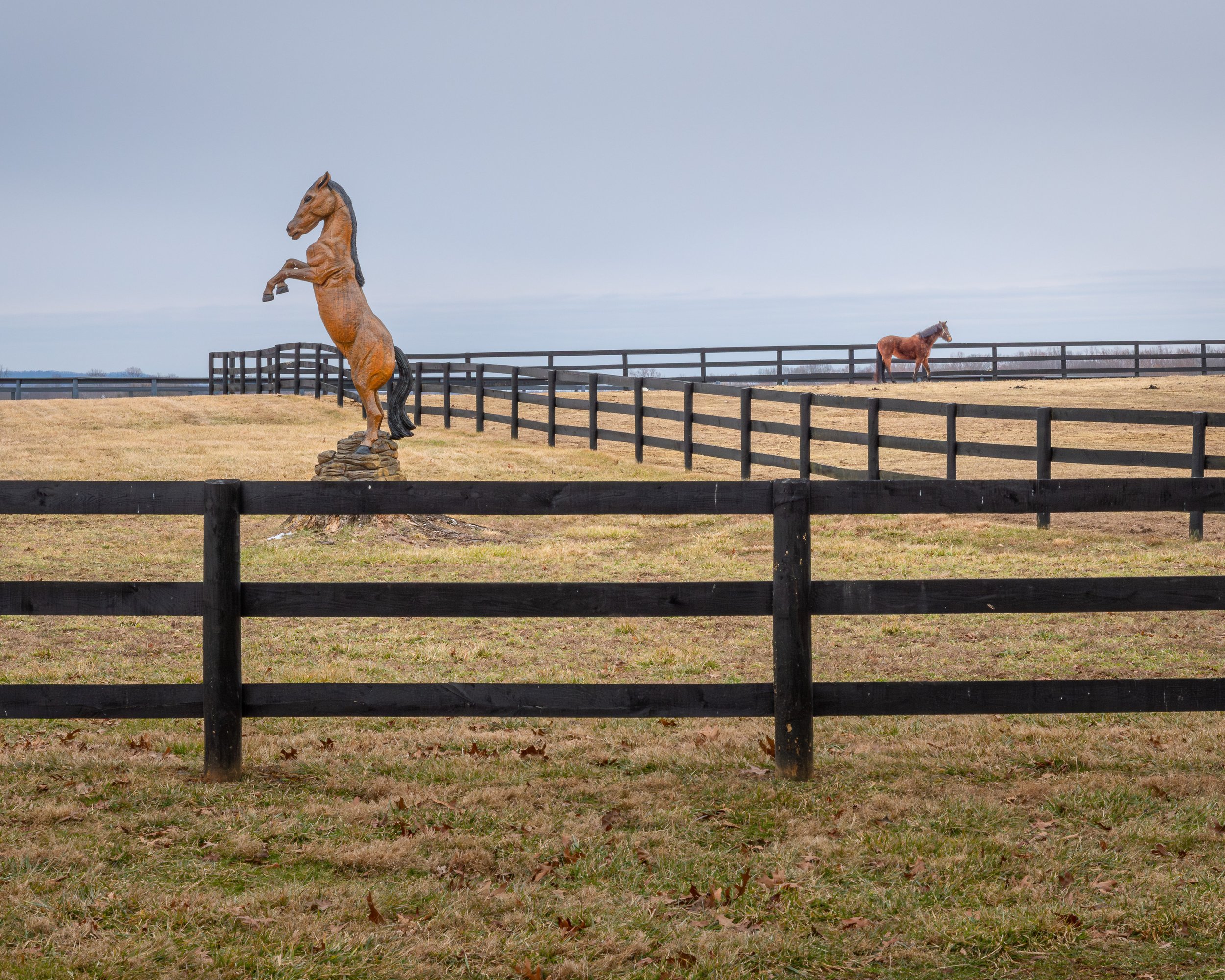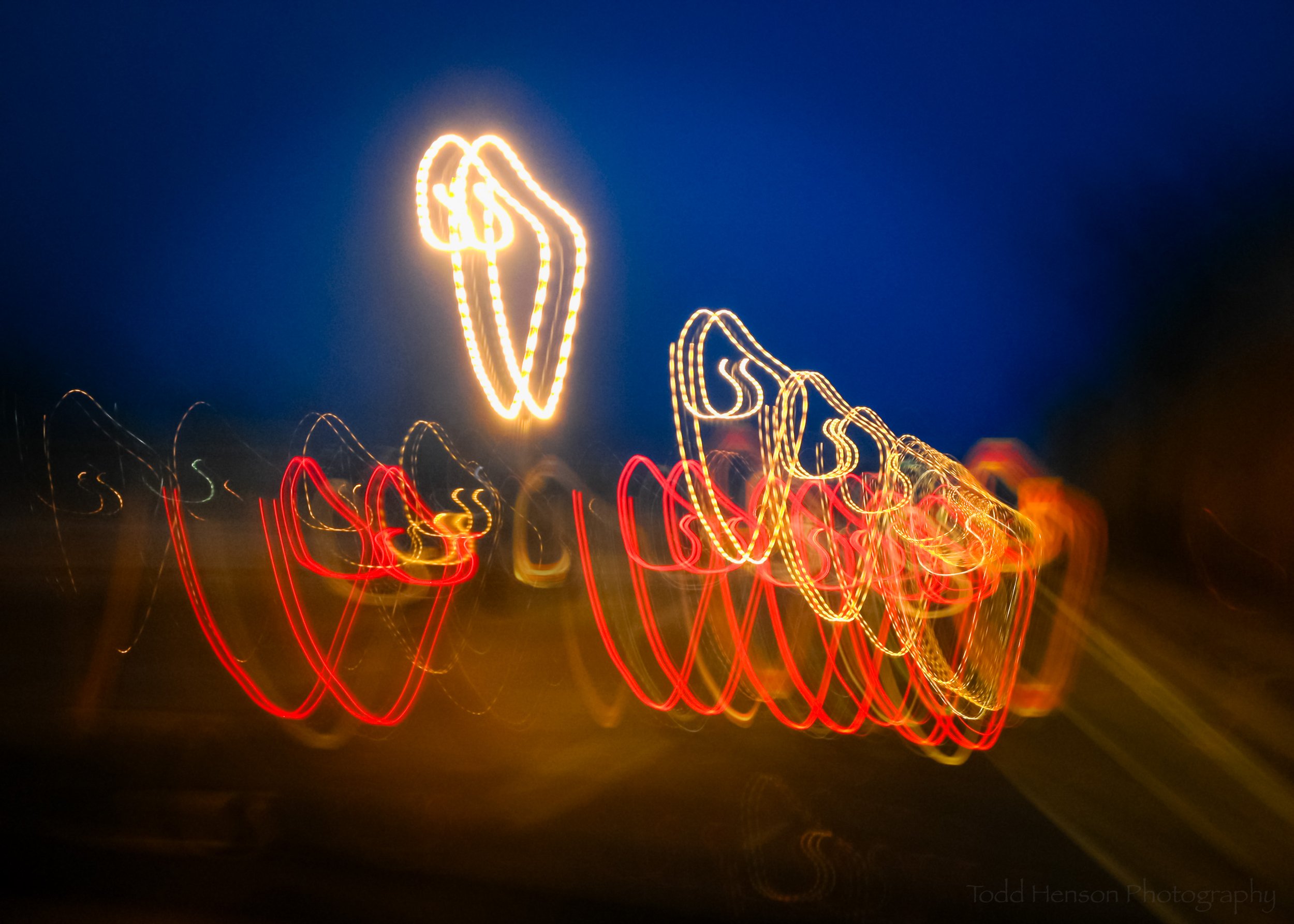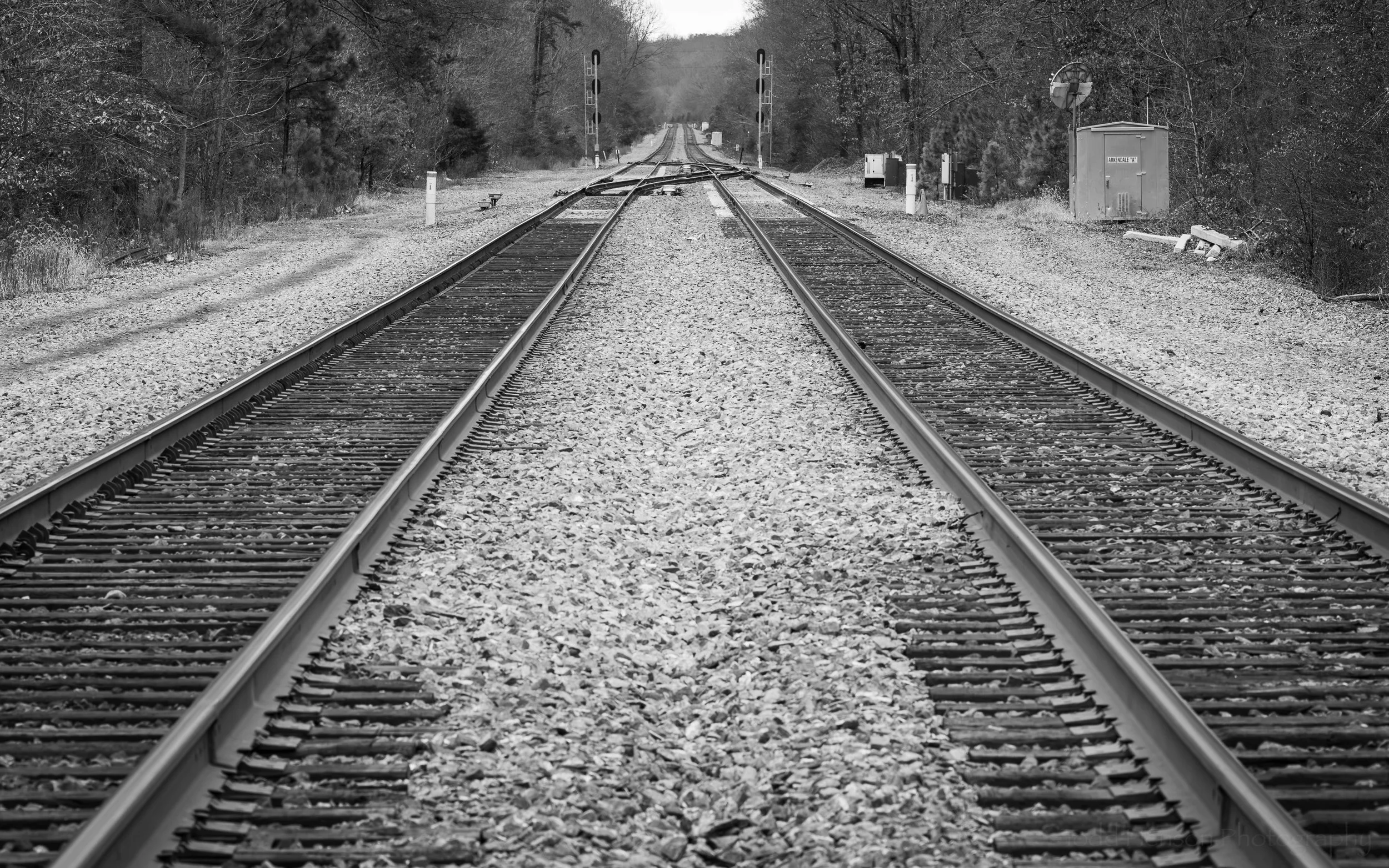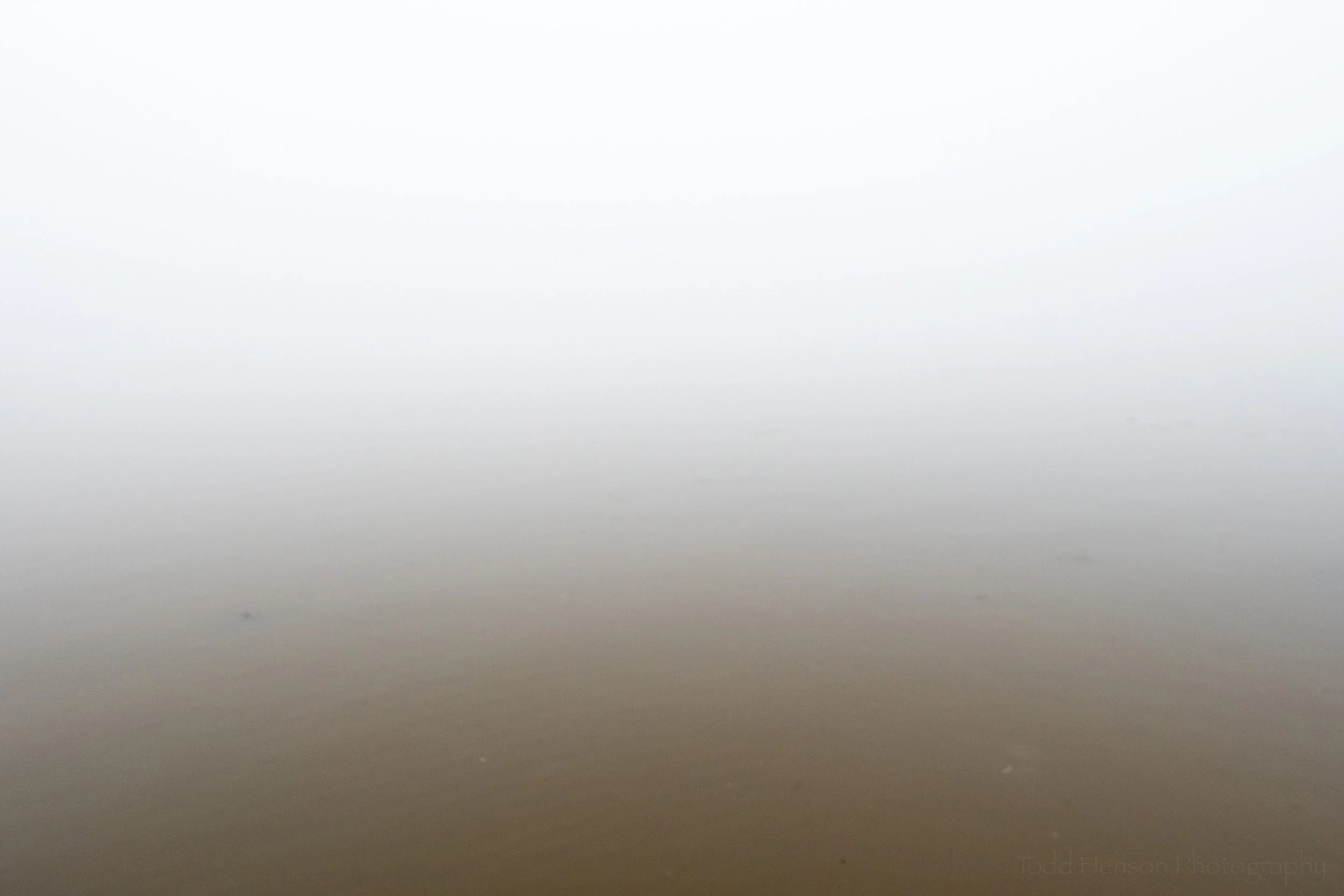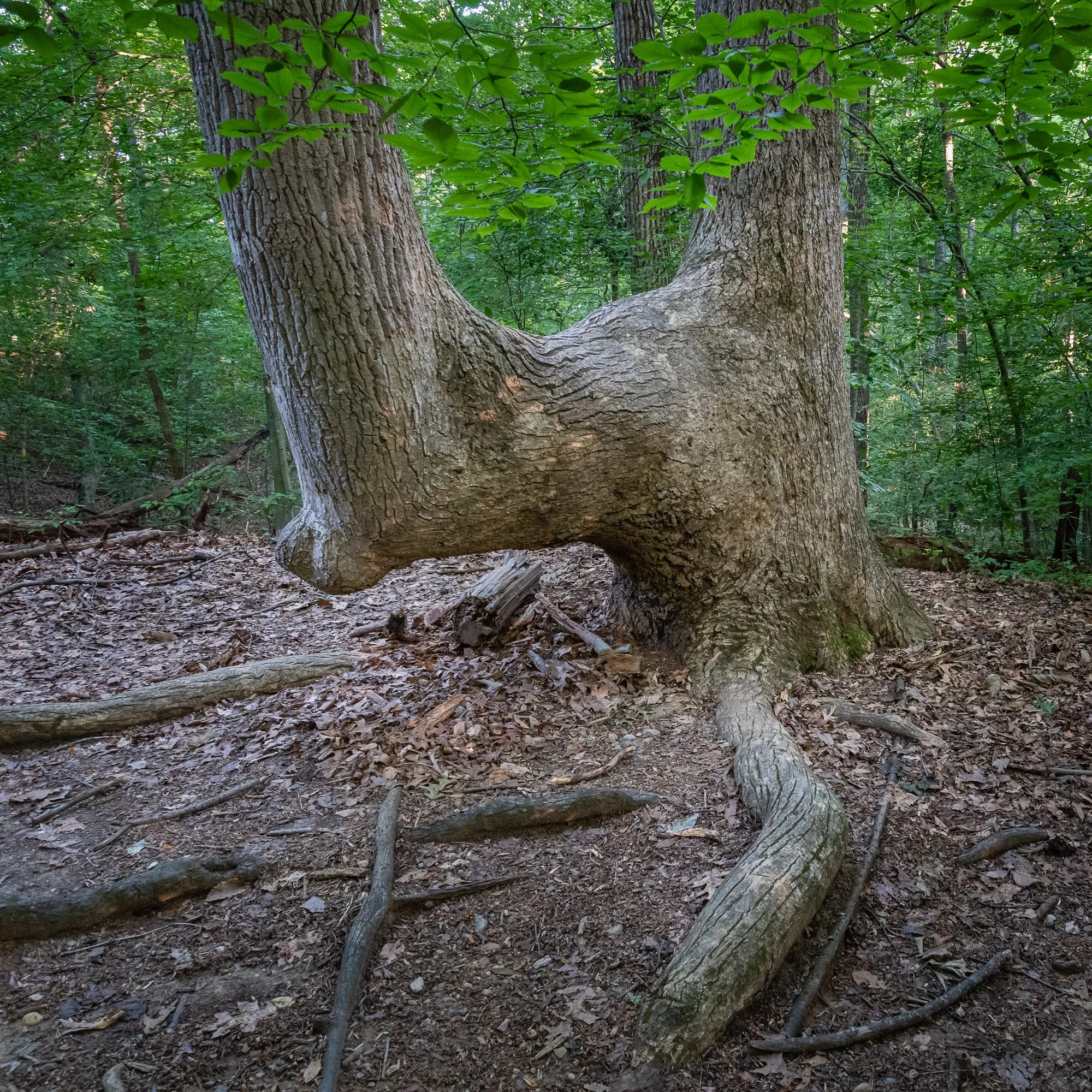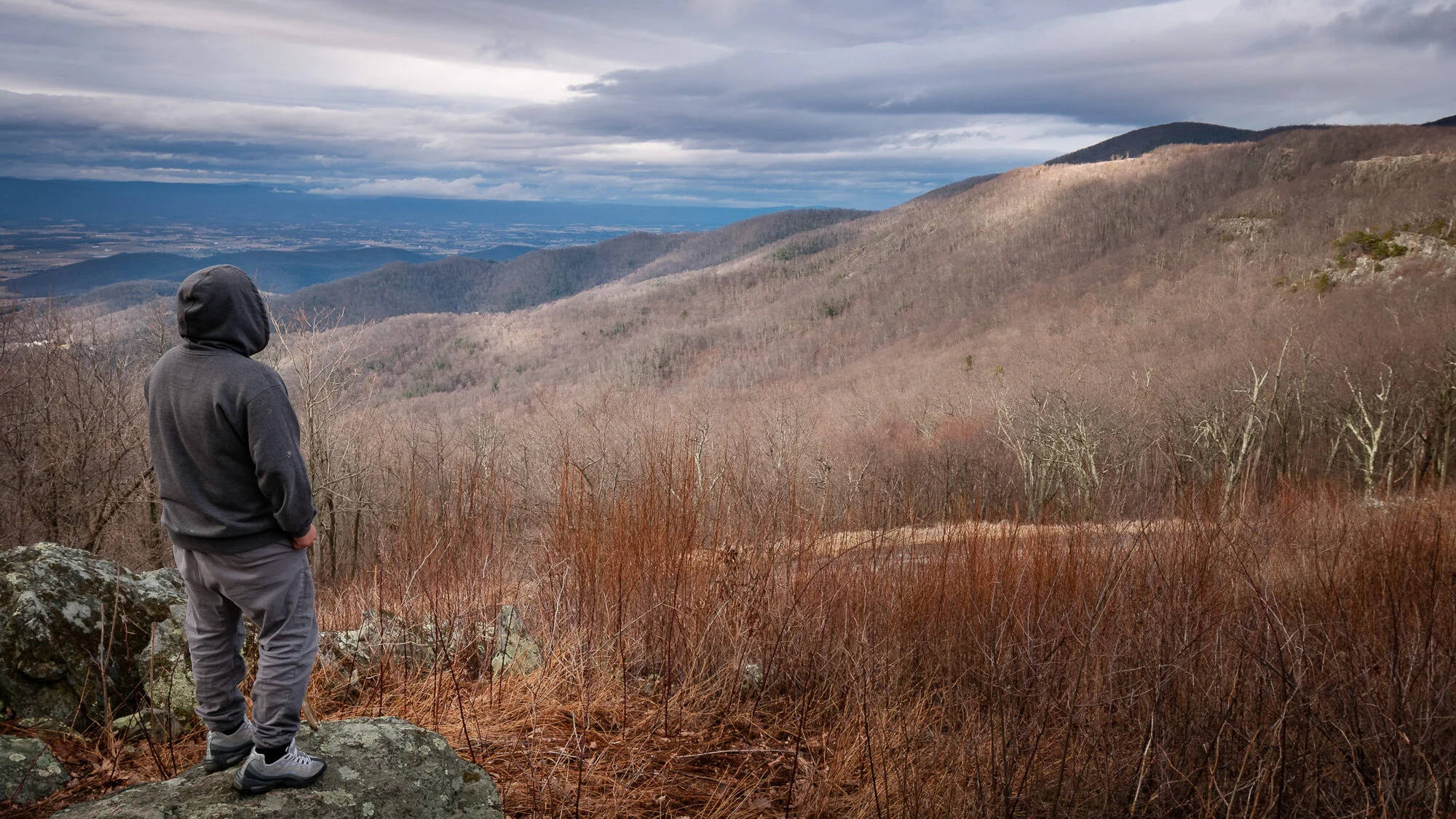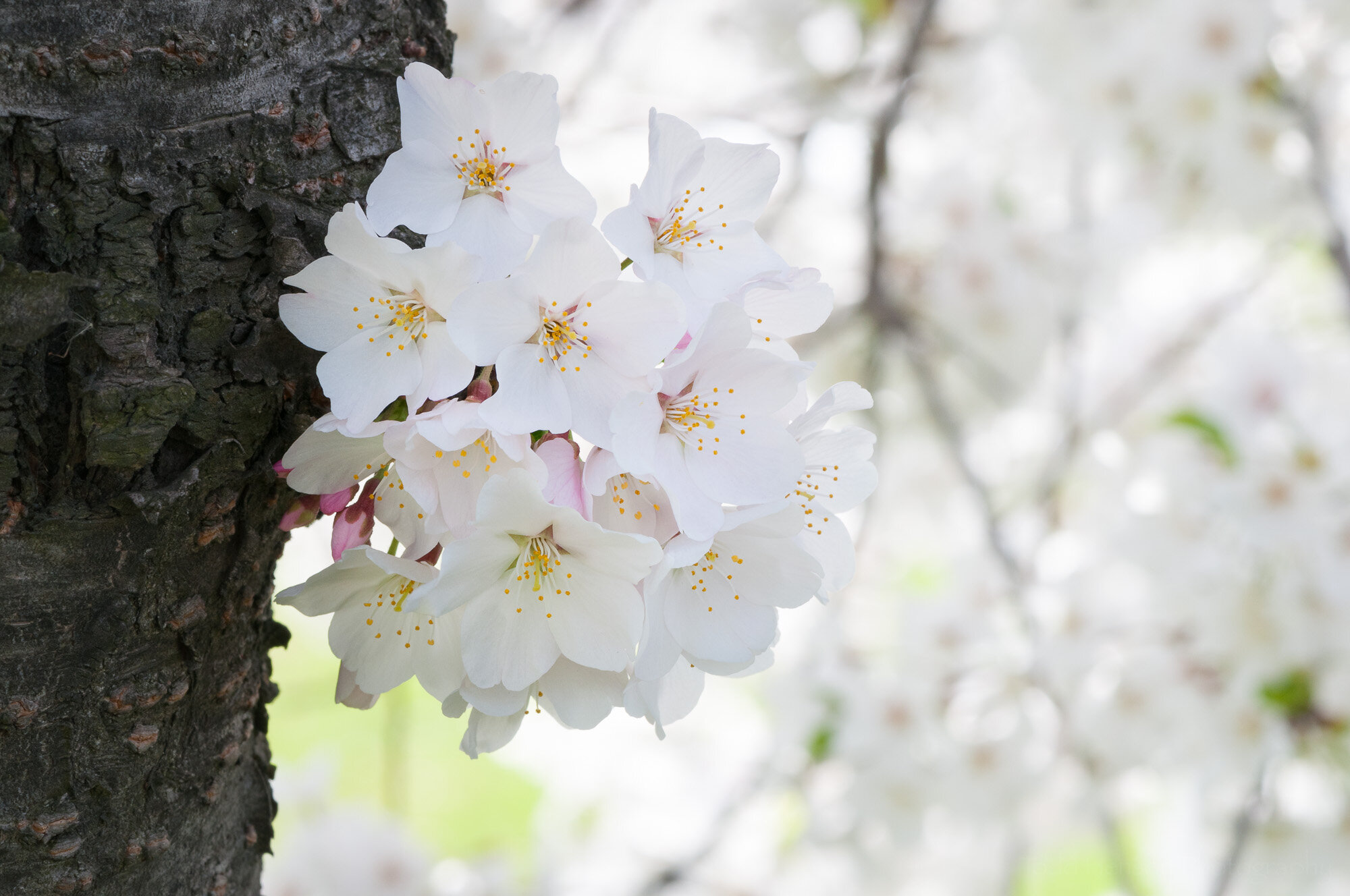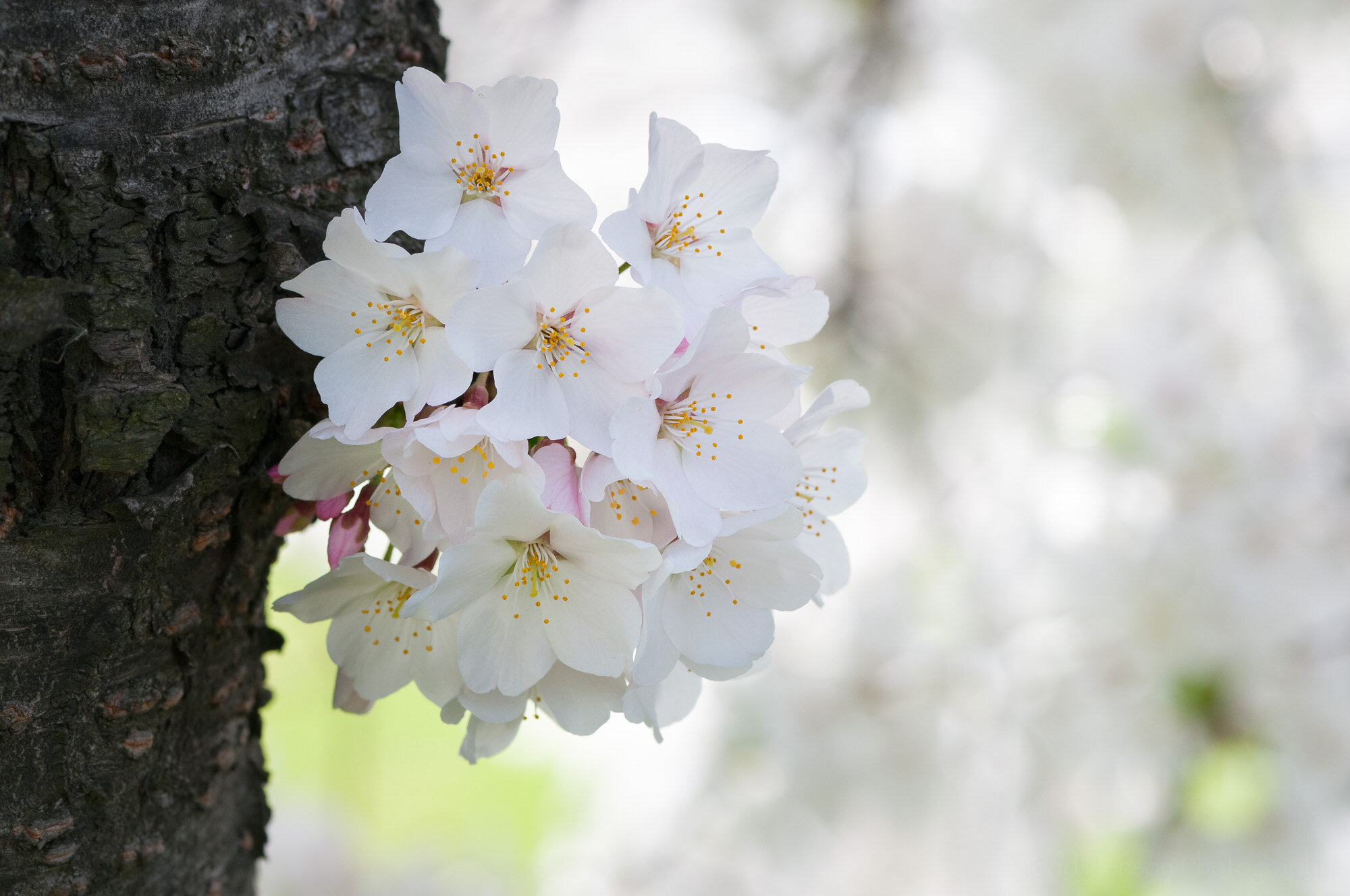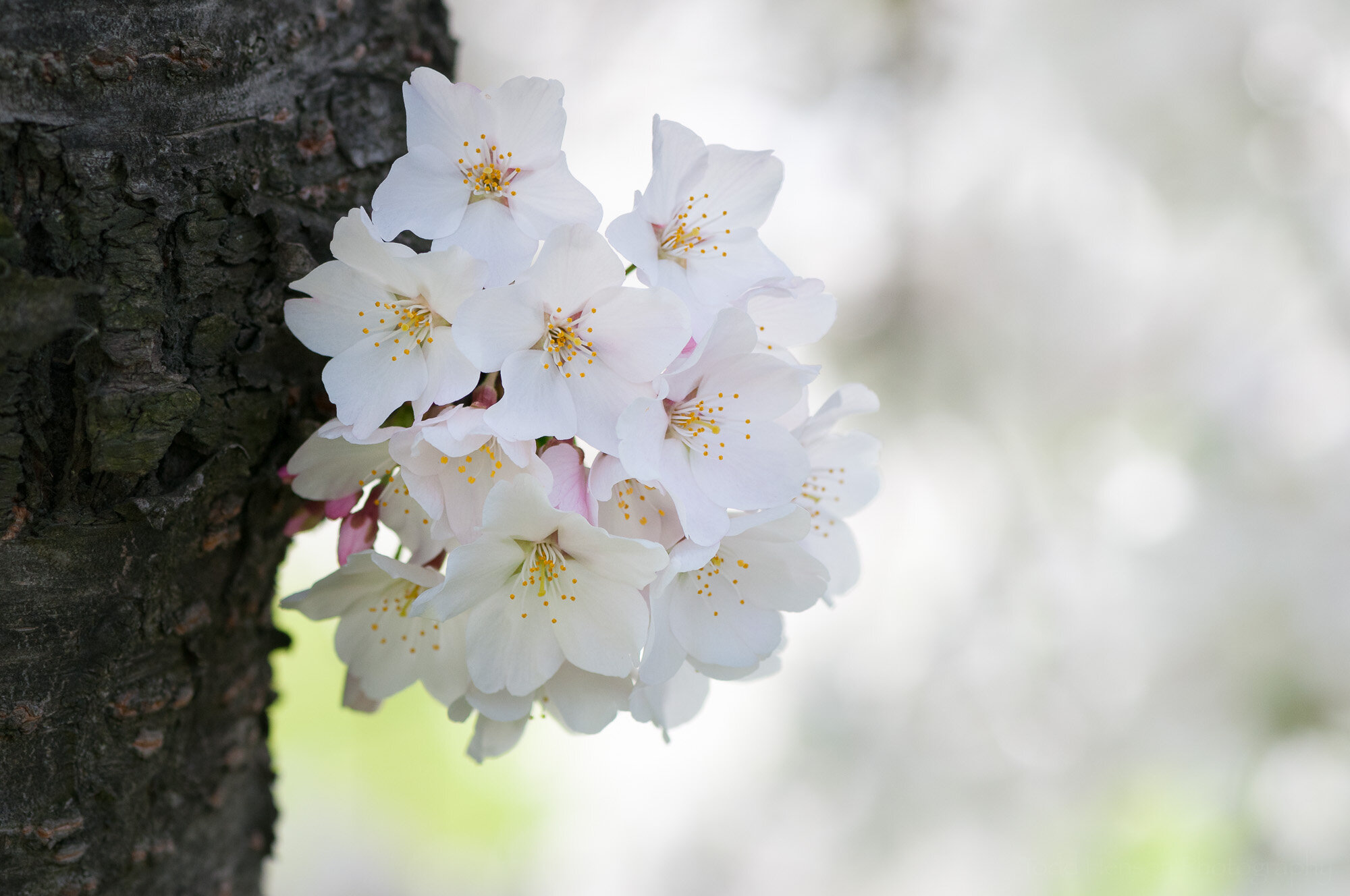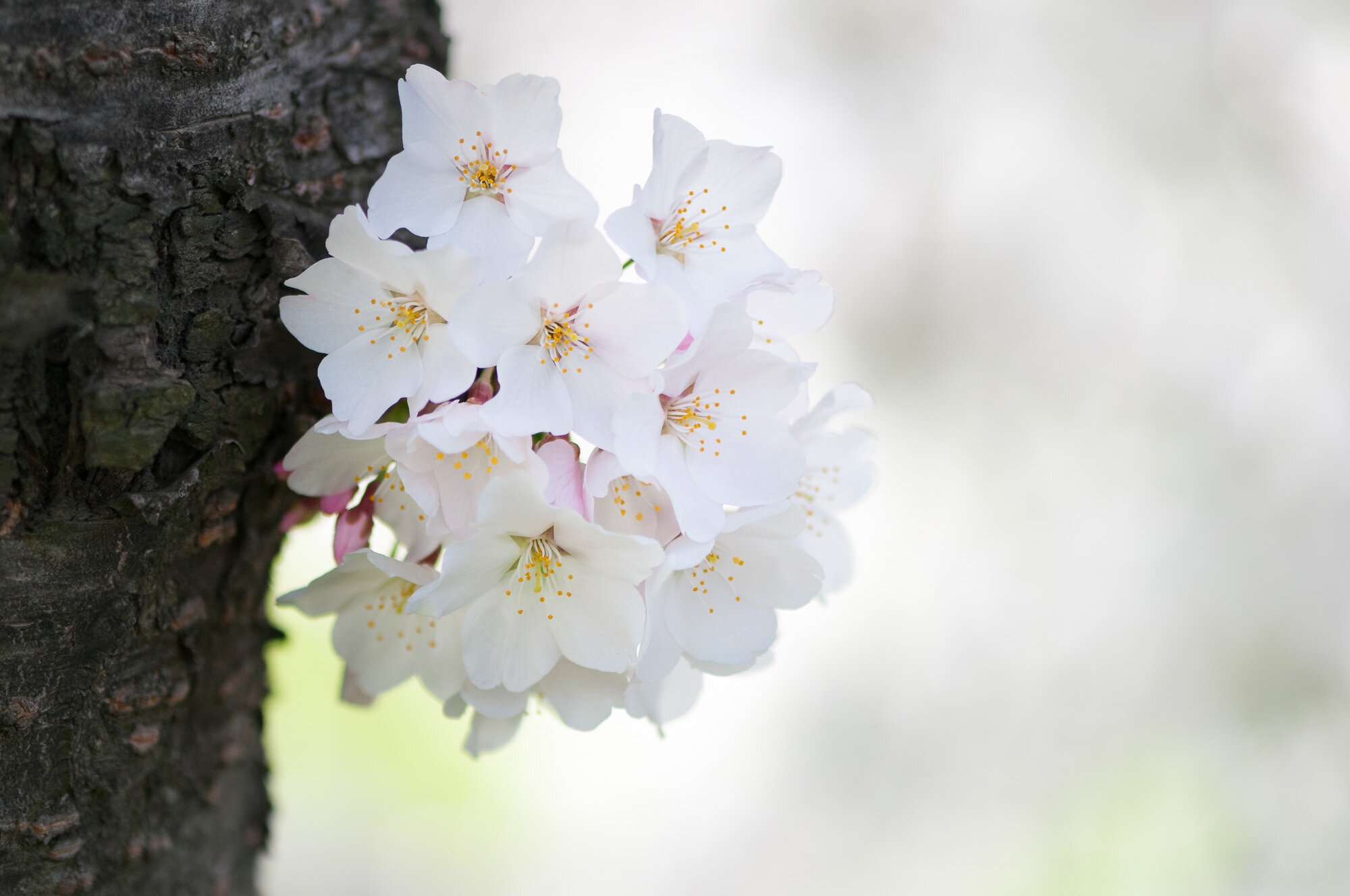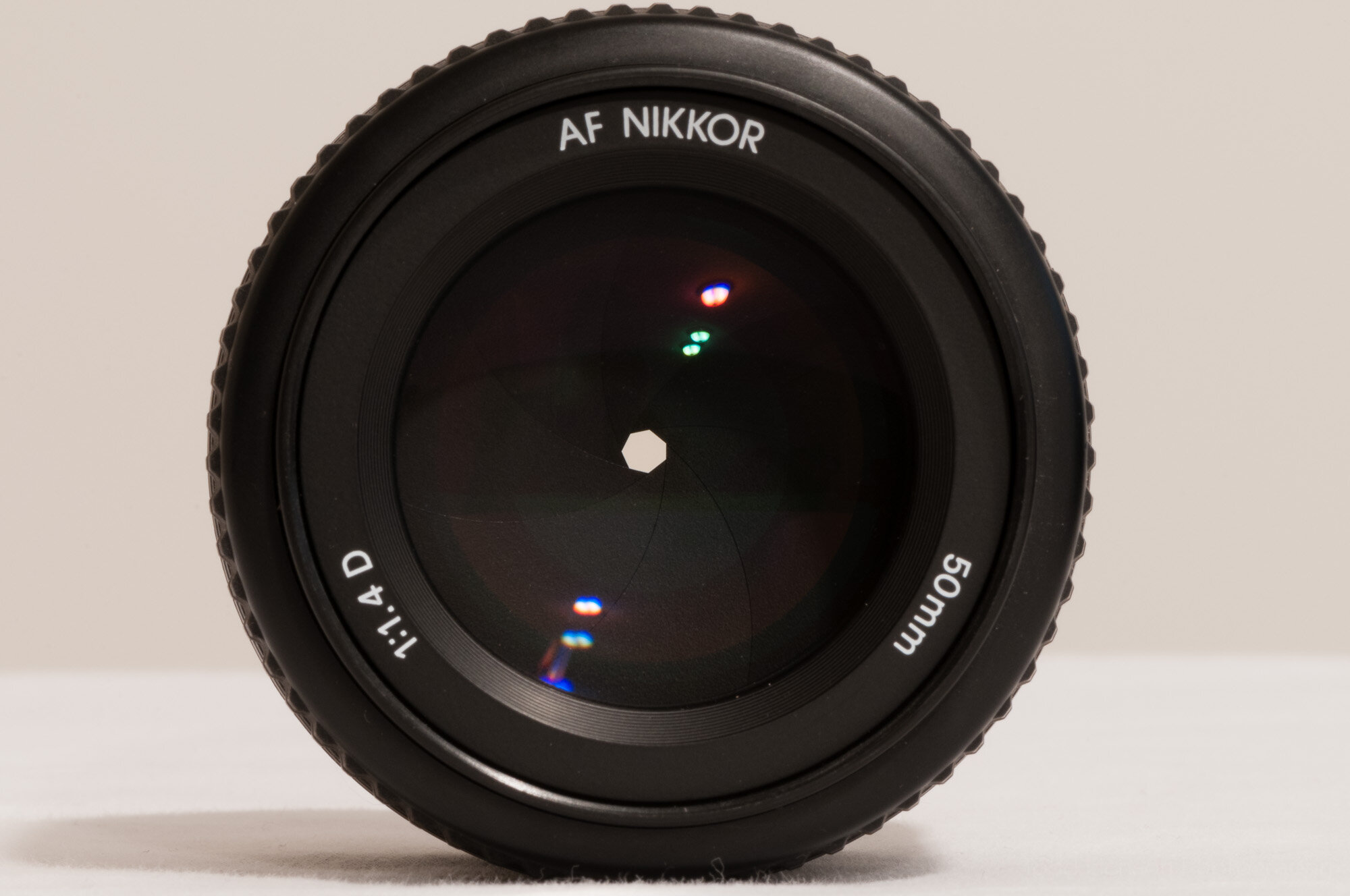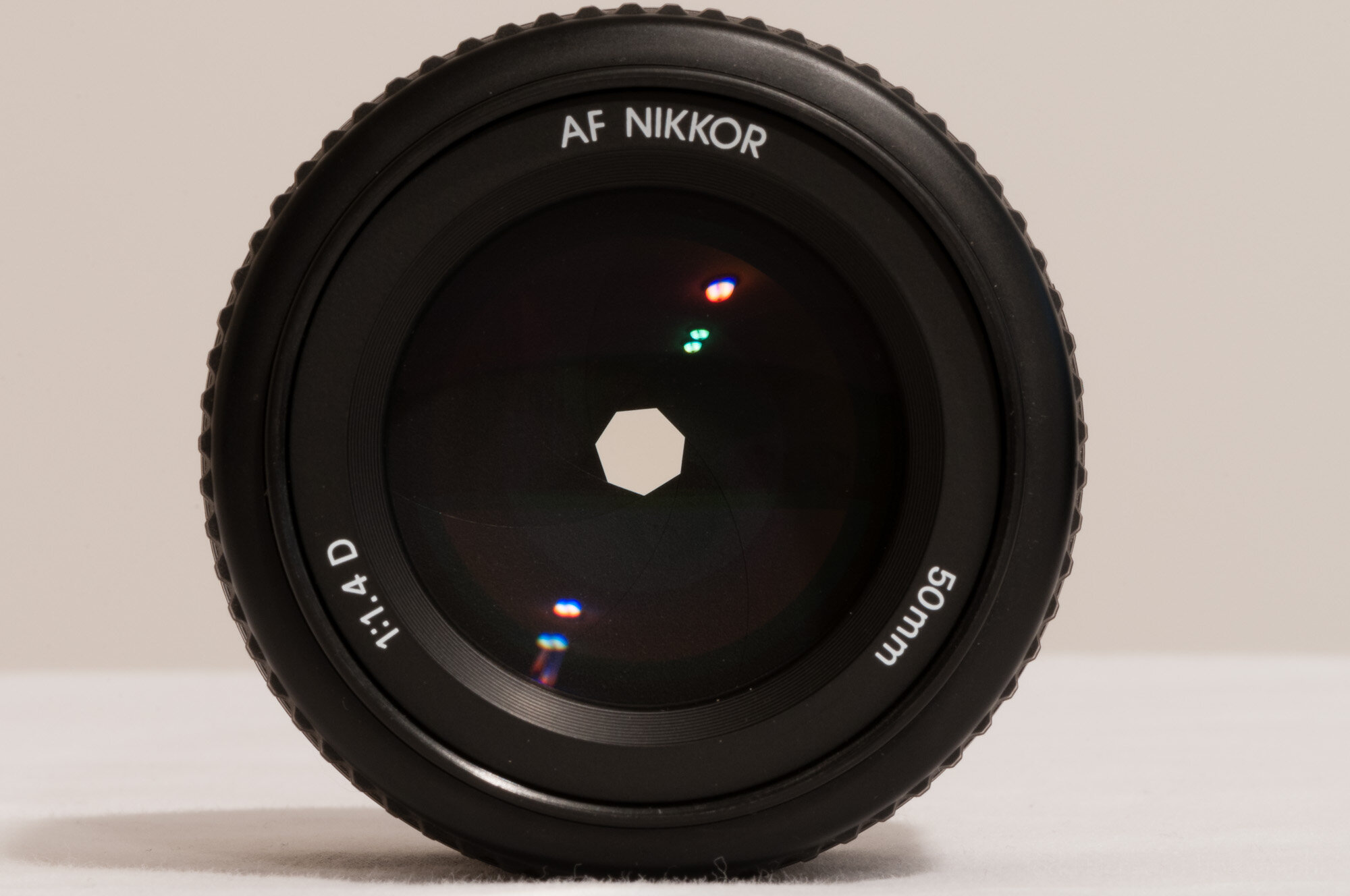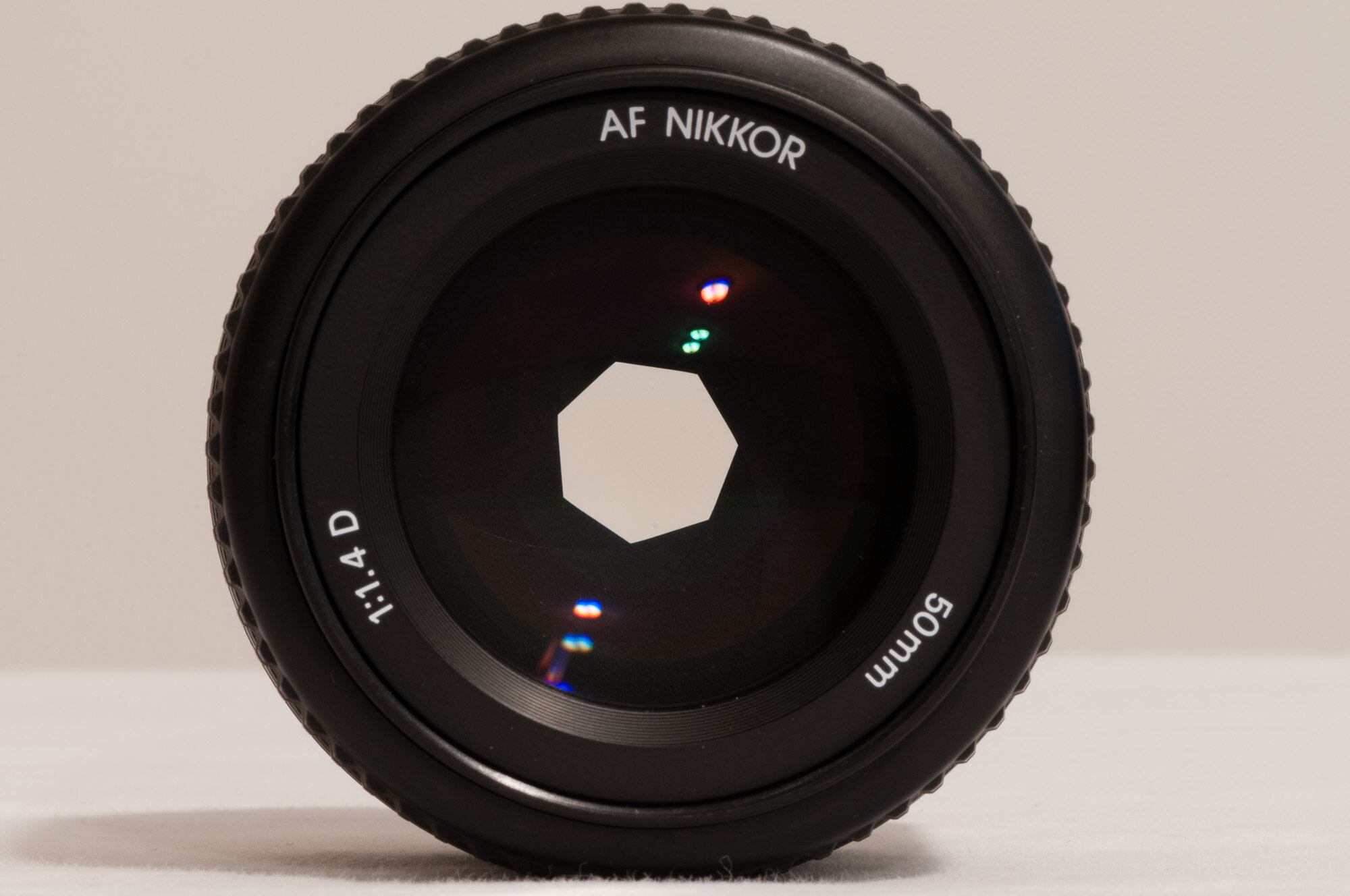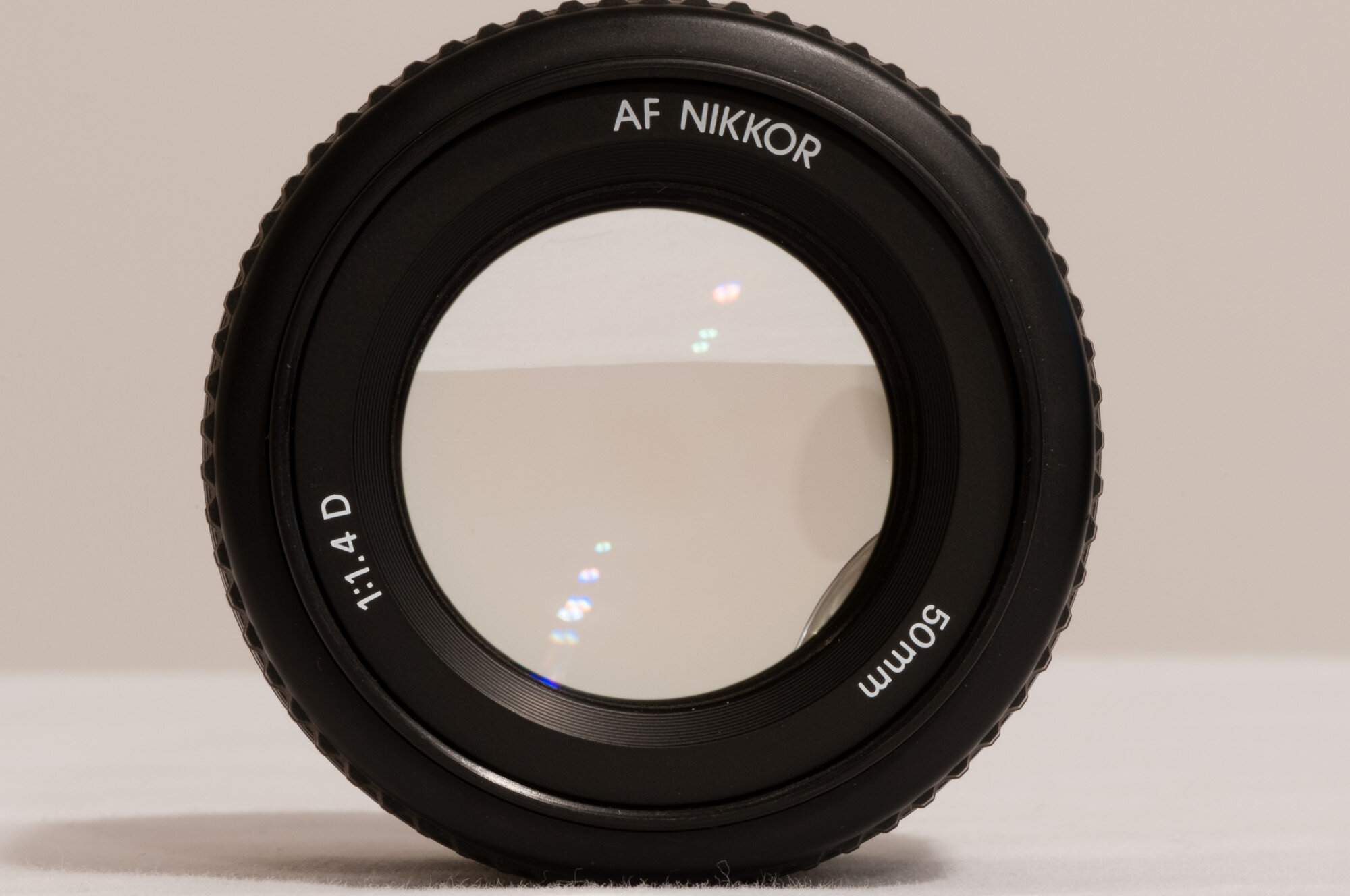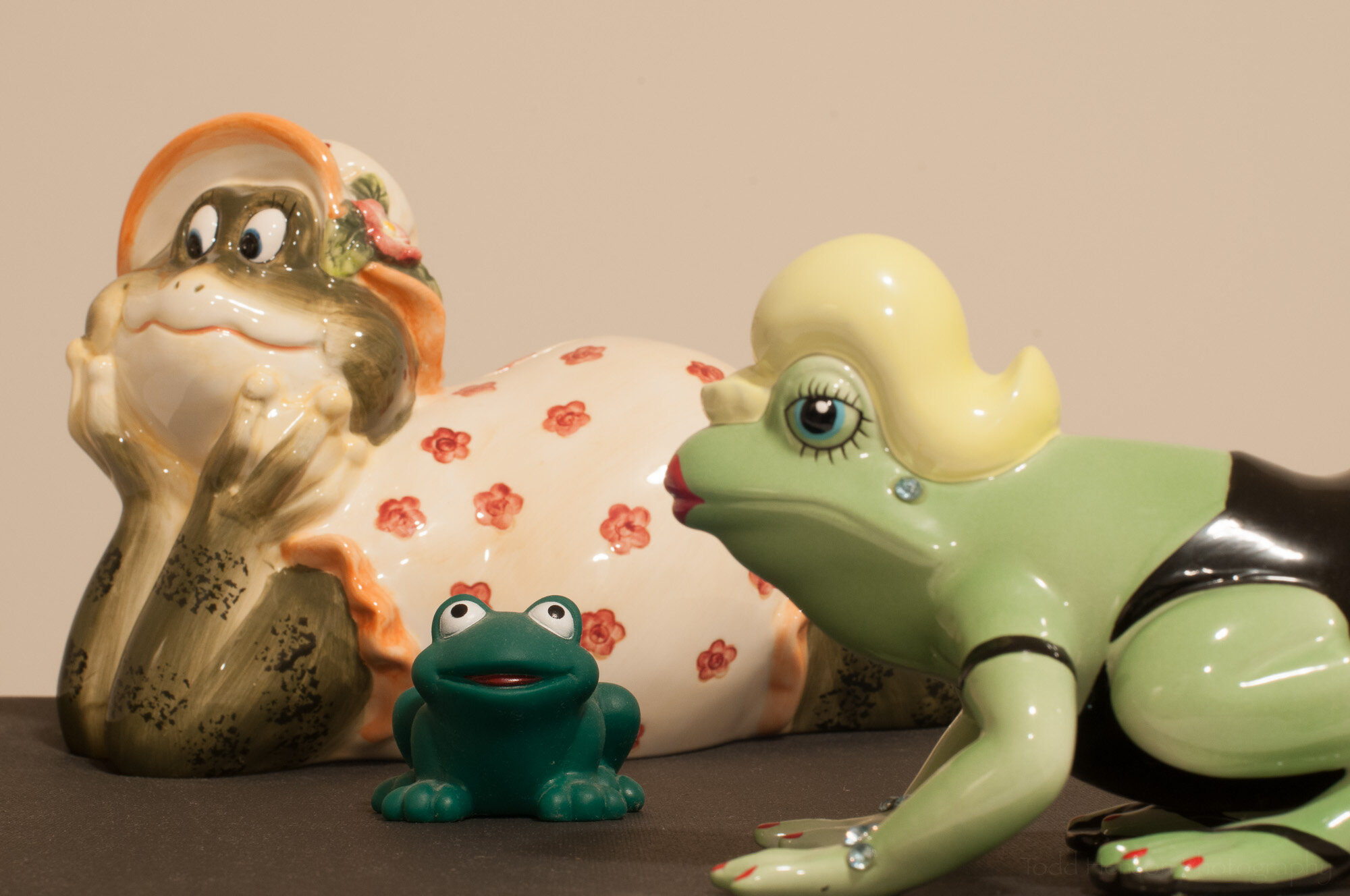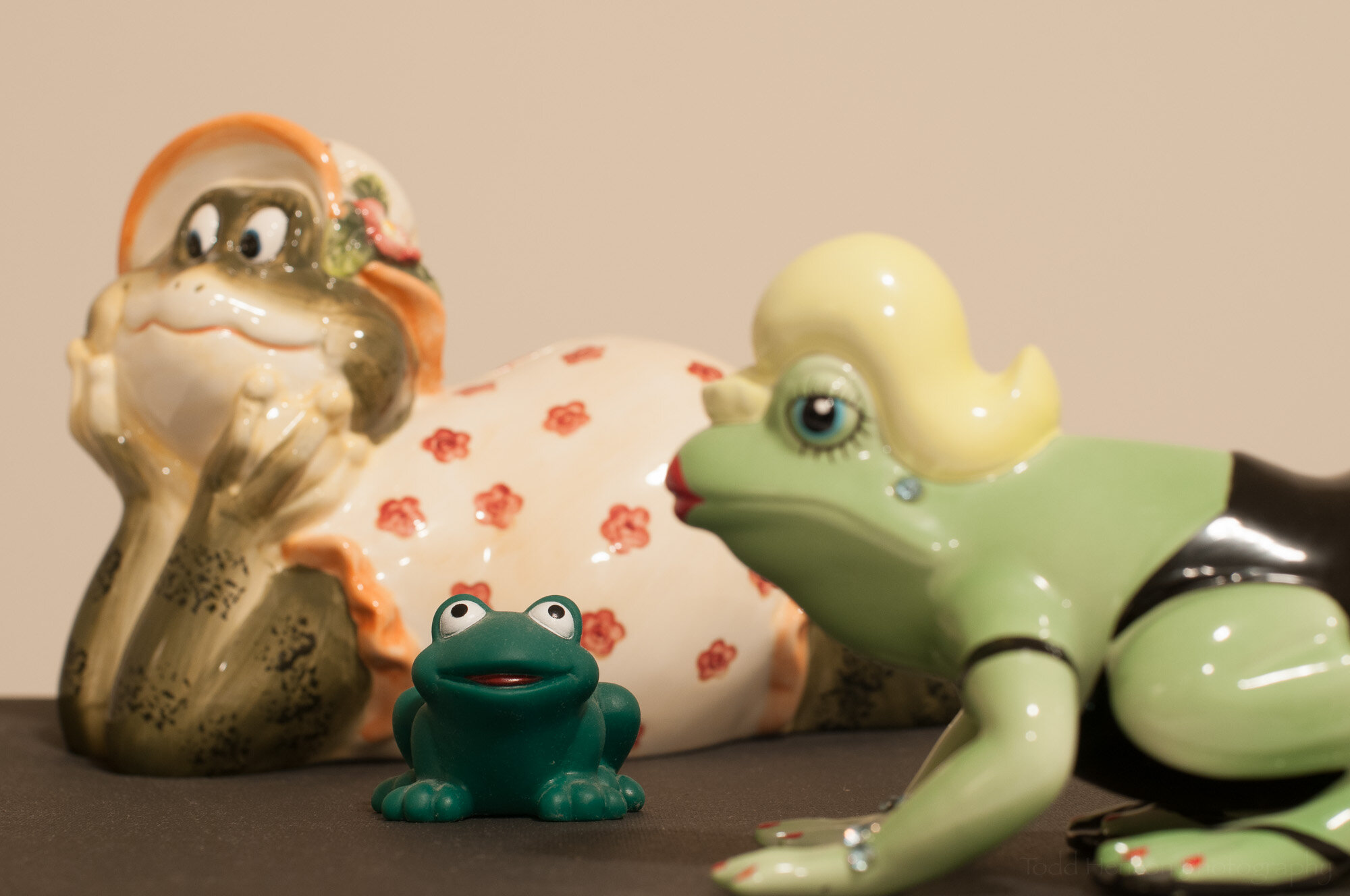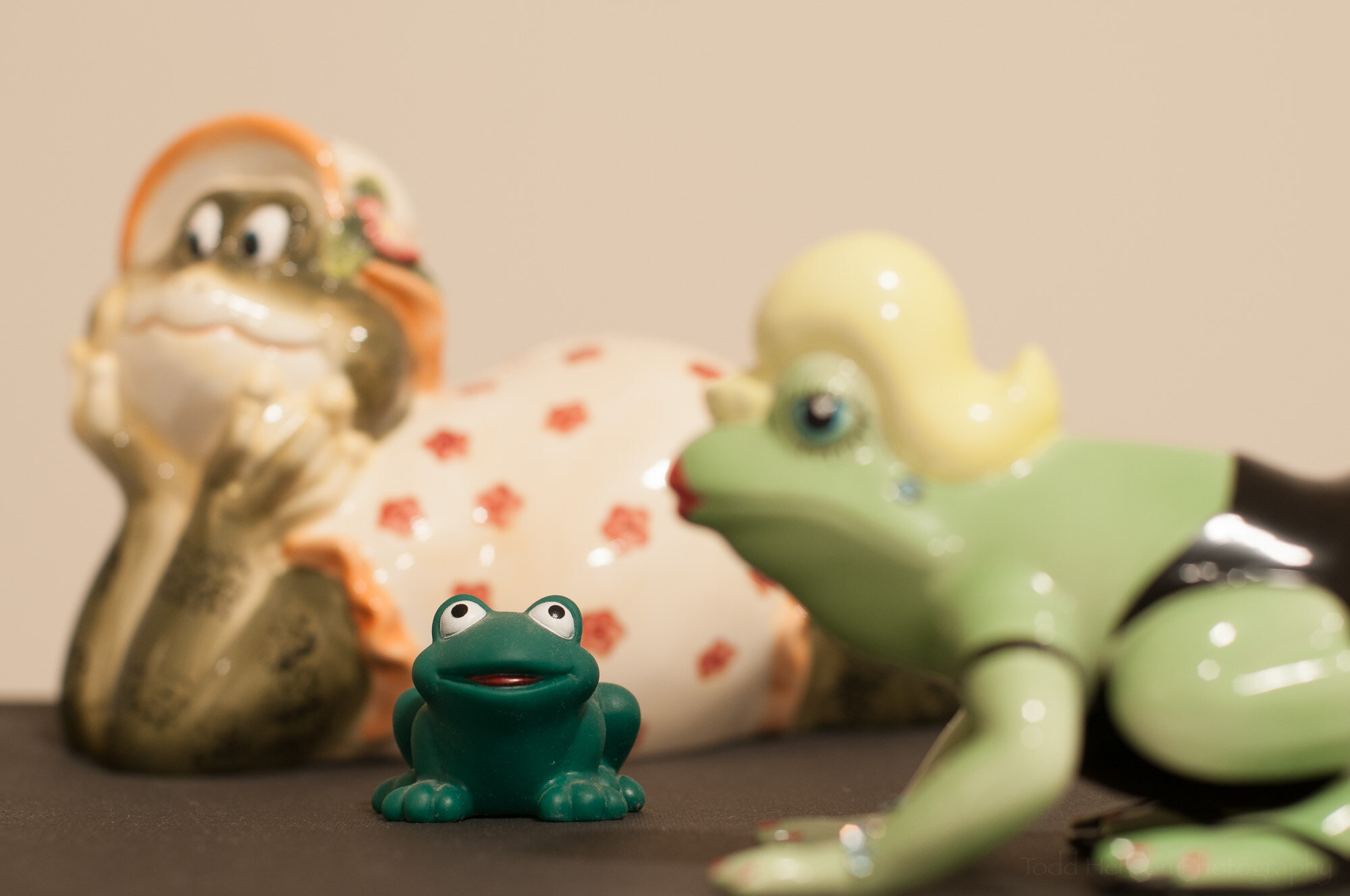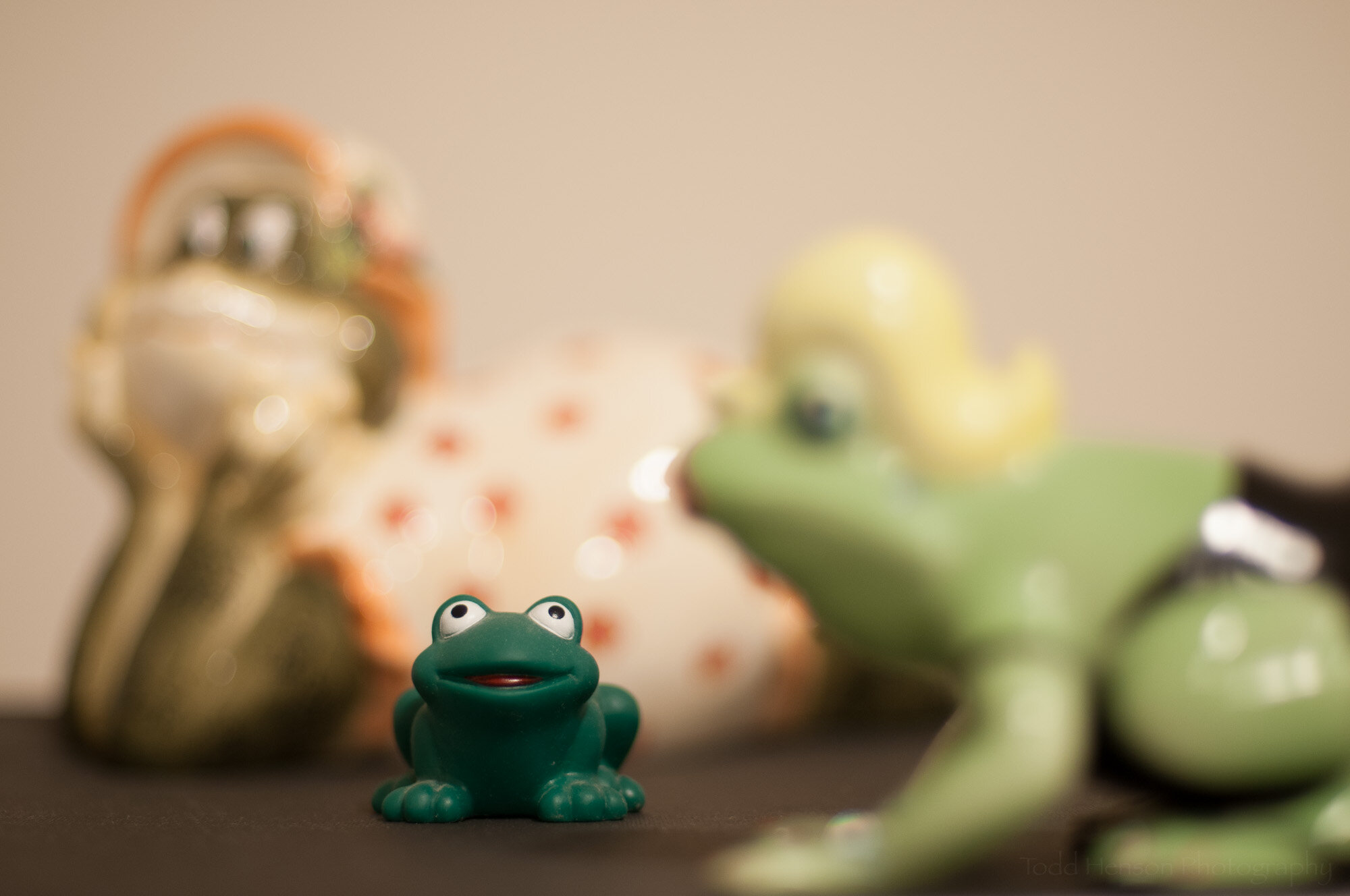I recently listened to an episode of Daniel Gregory’s The Perceptive Photographer Podcast, one of several I enjoy. In it he mentioned a creativity exercise he uses to help us learn more about our work, about patterns and habits we might fall into, and about discovering new ways of seeing and approaching our work.
For a 10x10 exercise you take 10 of your images and edit them in 10 different ways, resulting in 100 different images. He figures over this body of work you can begin to see default editing patterns you fall into, ways you often approach your images. And it also might help you discover other ways of looking at the work, trying things you might not have thought to otherwise try.
So I decided to give the exercise a go, and here are the results of the first image I worked on.
Version 1
Reflections of Early Spring - Version 1
This is a fairly straight forward edit, very close to what I saw in late March of this year.
Version 2
Reflections of Early Spring - Version 2
With this version I went for a softer feel with less color, but focusing on some of the muted colors in the center.
Version 3
Reflections of Early Spring - Version 3
Continuing with the softer feel of the previous version I softened it up a bit more around the edges and took out some of the color, especially the blues.
Version 4
Reflections of Early Spring - Version 4
This time I thought of trying a split toned monochromatic image to give an older feel.
Version 5
Reflections of Early Spring - Version 5
And another split toned monochromatic but shifting more towards the blues.
Version 6
Reflections of Early Spring - Version 6
And pulling out all color we get a black and white image.
Version 7
Reflections of Early Spring - Version 7
Given the reflections I thought it might be interesting seeing how it looked inverted, so I flipped it along the horizon putting the reflections up top and the sky down below.
Version 8
Reflections of Early Spring - Version 8
An obvious choice was turning the horizontal image into a vertical.
Version 9
Reflections of Early Spring - Version 9
I felt like I was running out of ideas, so for this image I zoomed in to focus just on the central part.
Version 10
Reflections of Early Spring - Version 10
For the final image I took inspiration from a great book cover for The Children of Red Peak by Craig DiLouis, a book I’ve not read but one whose cover I really like. Similar to a previous image, I flipped it, putting the sky down below, but I also cropped it to focus on a specific section.
Thoughts
It might be too soon to draw many conclusions or lessons from this exercise since I’ve only performed it on one image so far. But I did see how it can be a challenge to find new ways of processing an image. I think I often see an image a specific way and have to really put in effort to see it in other ways. I did enjoy this process, though. I can see how this exercise could help us creatively, letting us see more potential in a scene. And though this was focusing on processing an image, I think in doing so it could help us see differently when in the field if we’re more open to the later possibilities of what we’re capturing.
And I think this exercise could be applied to other art forms, at least to some extent. If you’re a musician try writing 10 variations of a song. If you’re a sculptor try 10 different versions of the same basic figure. If you’re a writer try 10 different variations of a story or a scene in a story.
What do you think? Did you prefer any of these images over the others? Is this an exercise you might try?
Do you enjoy these posts?
Sign up to receive periodic emails with updates and thoughts. Don’t worry, I won’t spam you. And please consider purchasing artwork or products from my online store, and using my affiliate links in the sidebar to the right when shopping online.
I appreciate your support!




























